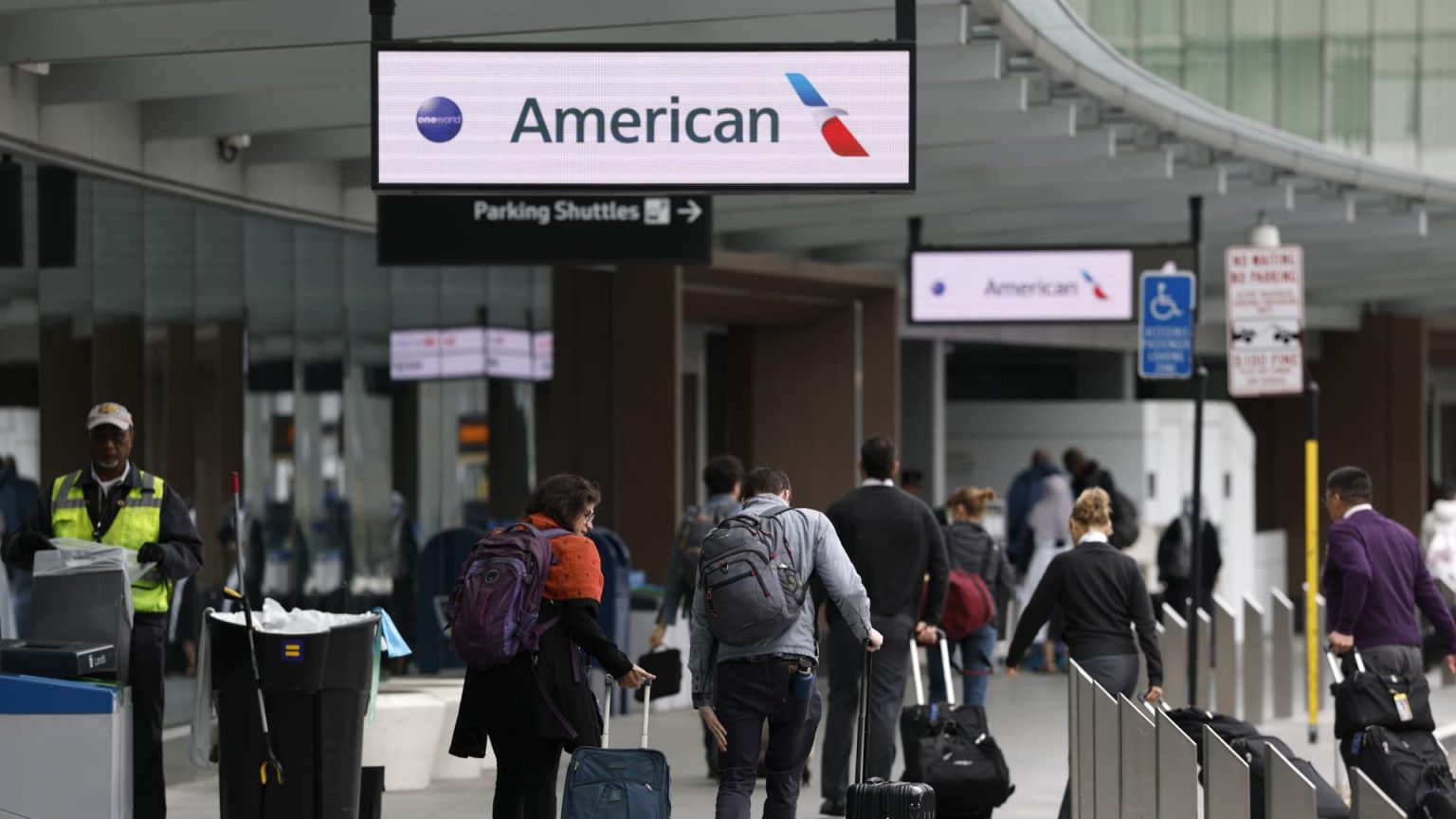Airline industry leaders are expressing concerns about a potential downturn in domestic travel demand, signaling a possible economic recession on the horizon. During recent earnings calls, CEOs highlighted various factors contributing to softer-than-expected passenger interest, including economic uncertainties and shifting market dynamics. This situation has prompted airlines to reassess their operational strategies, including capacity adjustments and fare reductions, as they navigate a challenging landscape.
| Article Subheadings |
|---|
| 1) Airline CEOs Raise Concerns Amid Economic Uncertainty |
| 2) Capacity Cuts and Financial Outlook Adjustments |
| 3) The Impact of Corporate Travel on Airlines |
| 4) Strategies to Address the Economic Headwinds |
| 5) Long-term Industry Outlook and Recovery Hope |
Airline CEOs Raise Concerns Amid Economic Uncertainty
When discussing the current state of travel, executives from leading airlines voiced significant apprehension regarding factors contributing to weaker passenger demand. They pointed out that the shifting economic landscape and potential recession fears are creating a climate of uncertainty that is impacting consumer behavior. Robert Isom, the CEO of American Airlines, highlighted this sentiment during a quarterly earnings call, stating,
“Nobody really relishes uncertainty when they’re talking about what they could do on a vacation and spend hard-earned dollars.”
This indication of consumer hesitance could lead to reduced bookings as passengers prioritize financial stability over leisure travel.
Capacity Cuts and Financial Outlook Adjustments
The response from airlines has involved revising capacity growth plans as they grapple with the ongoing downturn in passenger bookings. Key players, including Delta Air Lines, Southwest Airlines, and United Airlines, have announced cutbacks on their expansion strategies for 2025. The need to reset their financial outlooks stems from unpredictable economic conditions.
Delta Airlines, for example, has observed an overabundance of available seats due to decreased travel demand across the industry. Consequently, they, along with several competitors, have taken the step to pull their initial financial forecasts for the upcoming year, citing that the state of the U.S. economy has become too uncertain to project accurately. There exists a dual forecast from United Airlines, which delineates anticipated profitability in both profitable and recessionary environments, suggesting a strategic pivot to adapt to varying financial conditions.
The Impact of Corporate Travel on Airlines
Corporate travel, a vital segment for airlines due to its profitability and demand profile, has seen a significant downturn. Executives stated that the corporate market is experiencing a slowdown similar to the general consumer market, impacting revenue generation. Conor Cunningham, a notable travel and transportation analyst, remarked on the implications of uncertainty, stating,
“If uncertainty pops up, the first thing that goes away is corporate travel.”
This statement underscores an industry-wide observation that businesses are cutting back on travel expenditures amid economic uncertainty.
The annual growth rate in corporate travel was reported to be around 10% at the beginning of 2025. However, this increase has now plateaued, indicating a fluctuation that airline executives had not anticipated. For major carriers, the significance of business travelers cannot be overstated, as they are typically less sensitive to pricing and opt for last-minute bookings, which yield higher fares.
Strategies to Address the Economic Headwinds
In light of the growing industry challenges, airlines have initiated strategies aimed at retaining passenger interest and maintaining operational sustainability. Price adjustments are being made in response to the surplus of available seats in the market, compelling airlines to reduce fares in an attempt to fill planes.
Shane Tackett, the Chief Financial Officer of Alaska Airlines, revealed the need for fare reductions during a recent interview. He articulated that while demand remains robust, it has not met the peak levels anticipated following last year’s travel trends. He stated that fares have not been as strong as seen in the previous year’s final quarter and into early 2025, emphasizing a distinct shift in demand dynamics. The overall airline landscape is adjusting its approach, focusing more on affordability as a means to stimulate bookings.
Long-term Industry Outlook and Recovery Hope
Despite the current landscape, there exists a cautious optimism among airline executives regarding the industry’s long-term recovery. Some leaders maintain that stabilizing consumer confidence and economic certainty will play pivotal roles in revitalizing demand. Robert Isom suggested that
“Certainty will restore the economy, and I think it will restore it pretty quickly.”
This perspective points towards a belief that with the right economic developments, airline demand could rebound significantly.
As the industry navigates these turbulent waters, the anticipation of a solid recovery hinges on broader economic indicators and consumer behavior trends, which will dictate the pace of travel resumption.
| No. | Key Points |
|---|---|
| 1 | Airline CEOs express concern over declining demand for domestic travel. |
| 2 | Carriers plan to reduce capacity and adjust financial forecasts. |
| 3 | Corporate travel is being significantly impacted by economic uncertainties. |
| 4 | Airlines are lowering fares to stimulate demand and fill seats. |
| 5 | Executives remain hopeful for a recovery driven by renewed consumer confidence. |
Summary
The airline industry faces a precarious situation as leaders grapple with fluctuating demand and economic uncertainty. With plans to curtail growth and reduce fares, airlines are navigating a challenging landscape while holding on to hope for eventual recovery. The extent to which these changes will influence the market and consumer behavior remains to be seen, but the industry’s resilience will be tested in the months ahead.
Frequently Asked Questions
Question: Why are airlines cutting their capacity growth?
Airlines are cutting capacity growth due to a significant decline in passenger demand amid economic uncertainties and fluctuating market conditions.
Question: How is corporate travel affecting airline revenues?
Corporate travel, which is generally more profitable for airlines, is declining as companies cut back expenses in response to economic uncertainty, affecting overall revenues.
Question: What strategies are airlines implementing to attract more passengers?
Airlines are reducing fares to stimulate demand and fill their available seats, aiming to attract budget-conscious travelers amid reduced consumer spending.


